With OCOP products, it will be an advantage to know how to sell "stories" instead of just selling goods - Illustration photo
In recent years, OCOP products have become one of the bright spots in Vietnam's rural economic development strategy. Not only contributing to shaping the ecosystem of regional commodity production, OCOP has also gradually reached out, conquering demanding markets such as Europe, Japan or the United States. However, for OCOP to truly become a national brand, a more systematic and methodical approach is needed, especially in digitalization, brand storytelling and connecting the global consumer community.
As of July 2025, Vietnam had 17,068 OCOP products with 3 stars or more, belonging to 9,195 entities. Of these, only 126 products were recognized as 5 stars at the national level, a modest number compared to leading countries such as Thailand with about 270,000 OCOP products.
It is worth noting that many OCOP products have met standards of quality, food hygiene and safety, have eye-catching packaging, are environmentally friendly and clearly show regional characteristics. OCOP has truly become a "new wind" in rural economic development, helping to transform small-scale production into chain-based commodity production, arousing local potential and inspiring entrepreneurship in rural areas.
However, according to Mr. Phuong Dinh Anh, Deputy Head of the Central Office for New Rural Development Coordination, the reality shows that the majority of OCOP products are still 3-star, accounting for 72.8%. 4-star products account for about 26.9% and 5-star products account for only a very small proportion. That is the challenge for raising the level of OCOP from specialty goods to a national brand reaching out to the world.
OCOP products are products produced on a small scale, even very small scale, with limited raw material areas and low output. But instead of considering this a barrier, Mr. Phuong Dinh Anh believes that this is an advantage if you know how to "sell the story" instead of just selling the product.
"We must include local cultural values, vivid stories about the land, people, and craft processes, making consumers willing to wait or go to the highlands to buy. Don't be afraid of saying out of stock, that's a joy, not a problem," Mr. Phuong Dinh Anh emphasized.
From brand story to international standard requirements
Sharing from the perspective of foreign markets, Dr. Luong Ngan, senior lecturer at the University of South London (UK) said: "European consumers are particularly interested in the traceability and authenticity of products. Products must be transparent about raw materials, produced sustainably and contribute to protecting the environment and the community."
According to Ms. Ngan, OCOP can completely meet that demand if it knows how to integrate digital technology tools to tell the product journey in an emotional and trustworthy way. Consumers not only want to know what the product is made of, but also care about who made it, where the raw materials come from, and how it affects the environment and the community.
One of the major bottlenecks of OCOP today is the weak digitalization capacity. Most of the subjects are small enterprises and cooperatives, lacking specialized human resources, not familiar with the transaction process on e-commerce platforms, and still confused about displaying products through digital tools.
Dr. Luong Ngan acknowledged that digitalization with OCOP is not simply about putting products on the market. "We must digitize in an emotional way. Each article, each video , each image must convey the spirit, value, and pride of the product. Sell emotions and beliefs, not just sell products," Ms. Ngan said.
It is important to professionalize every detail: From font design, communication language, to attaching digital data to the origin, everything needs to be consistent, without spelling errors, without stereotypes. At the same time, it is necessary to connect with the Vietnamese community abroad, who understand the market, have experience and can become an effective dissemination channel.
Ms. Ngan affirmed that it is important to implement digitalization in a sustainable and comprehensive manner. In reality, many people are still concerned that digitalization is associated with instability and lack of long-term sustainability. Therefore, the challenge is how to make the digitalization process not only technical but also ensure sustainability in approach, operation and communication. In that context, OCOP can become an effective bridge, a distinctive brand to spread the image, values and culture of Vietnam to the world, especially to demanding markets that are ready to accept if we understand and follow modern consumption trends correctly.
Anh Tho
Source: https://baochinhphu.vn/san-pham-ocop-ra-the-gioi-ban-cau-chuyen-khong-chi-ban-hang-hoa-102250801135430.htm


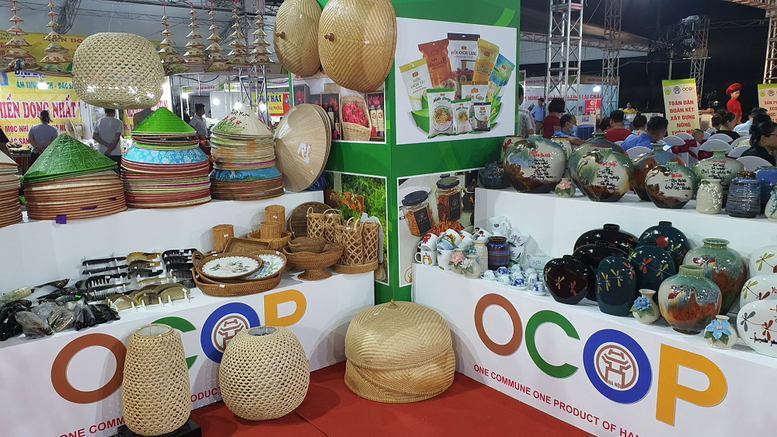

![[Photo] Prime Minister Pham Minh Chinh chairs the Government's online conference with localities](https://vphoto.vietnam.vn/thumb/1200x675/vietnam/resource/IMAGE/2025/10/5/264793cfb4404c63a701d235ff43e1bd)


![[Photo] Prime Minister Pham Minh Chinh launched a peak emulation campaign to achieve achievements in celebration of the 14th National Party Congress](https://vphoto.vietnam.vn/thumb/1200x675/vietnam/resource/IMAGE/2025/10/5/8869ec5cdbc740f58fbf2ae73f065076)

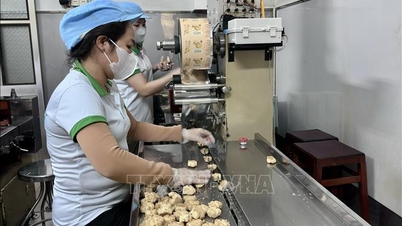

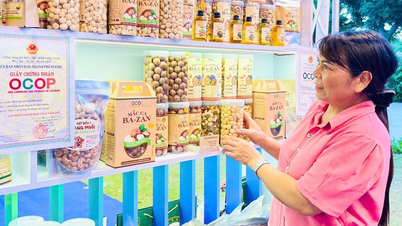

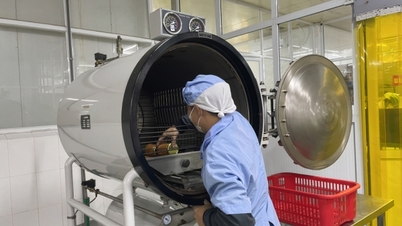

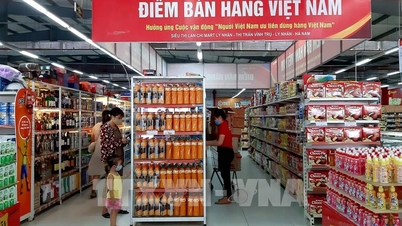

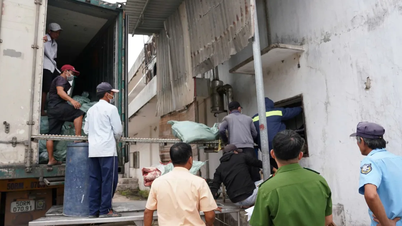


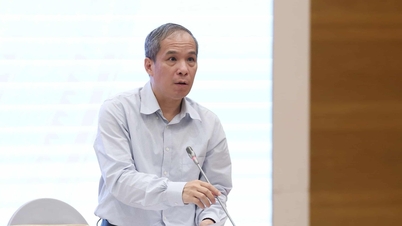

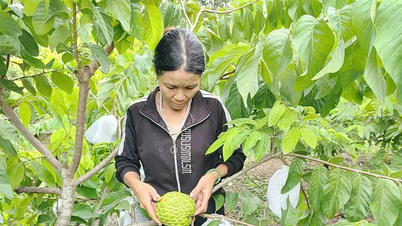

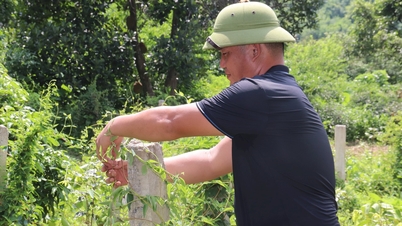







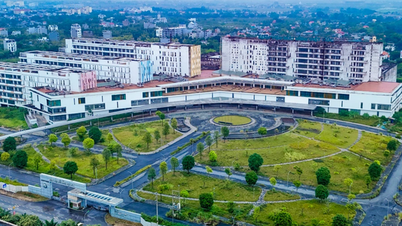

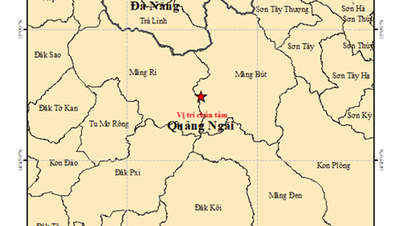
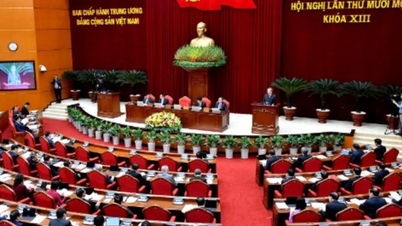

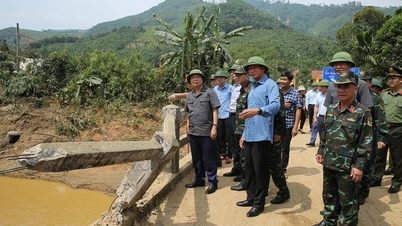


























![[VIDEO] Summary of Petrovietnam's 50th Anniversary Ceremony](https://vphoto.vietnam.vn/thumb/402x226/vietnam/resource/IMAGE/2025/10/4/abe133bdb8114793a16d4fe3e5bd0f12)

![[VIDEO] GENERAL SECRETARY TO LAM AWARDS PETROVIETNAM 8 GOLDEN WORDS: "PIONEER - EXCELLENT - SUSTAINABLE - GLOBAL"](https://vphoto.vietnam.vn/thumb/402x226/vietnam/resource/IMAGE/2025/7/23/c2fdb48863e846cfa9fb8e6ea9cf44e7)














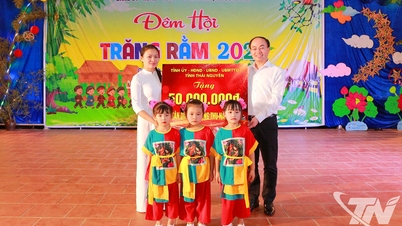


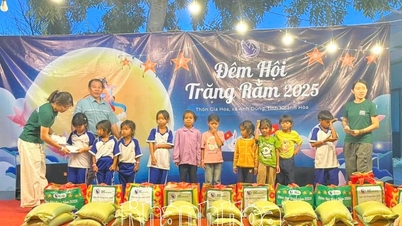

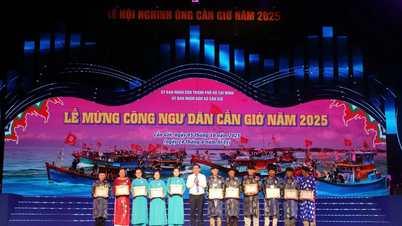
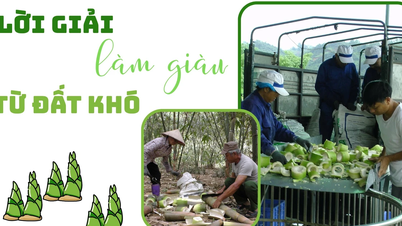














Comment (0)